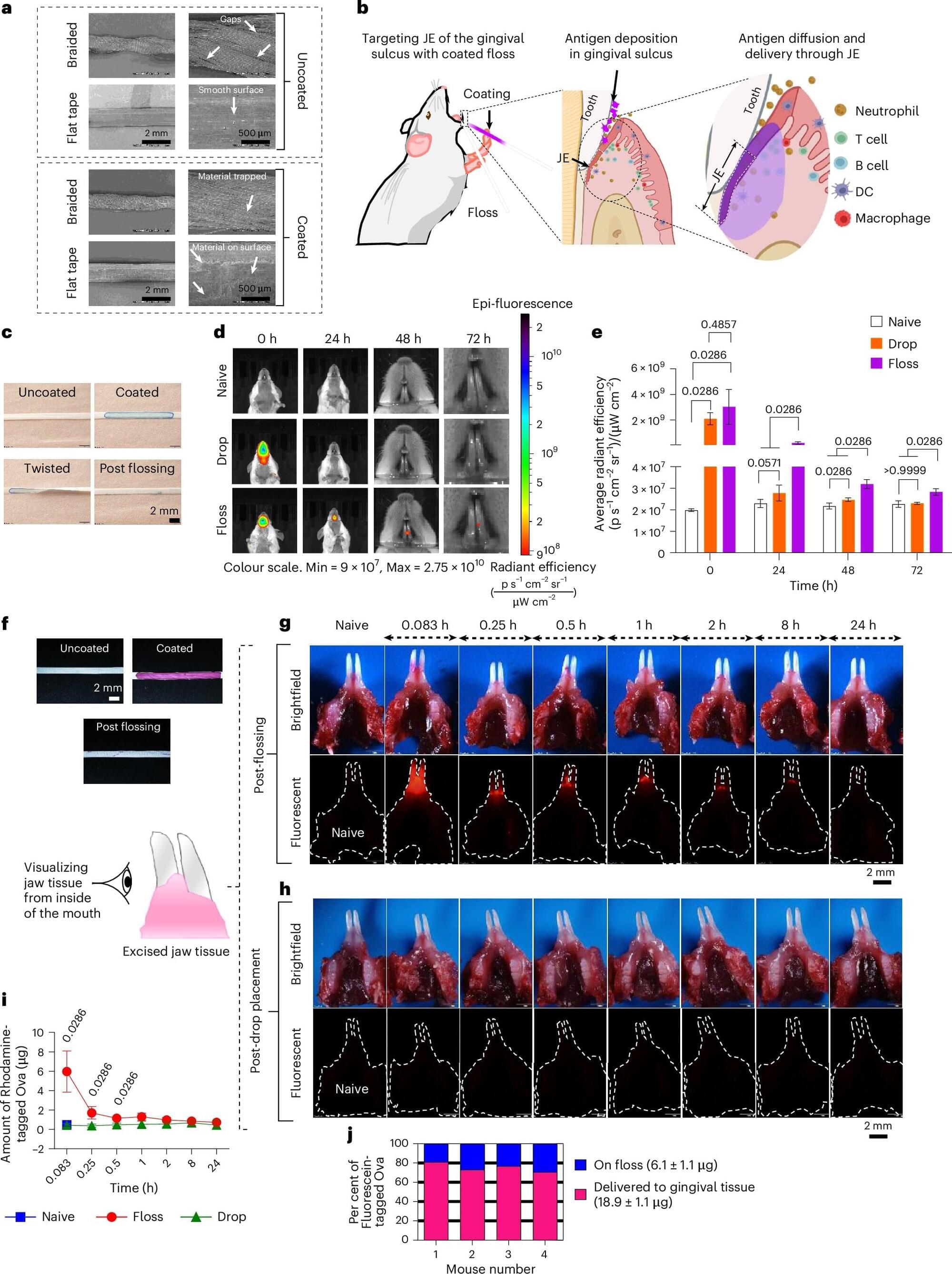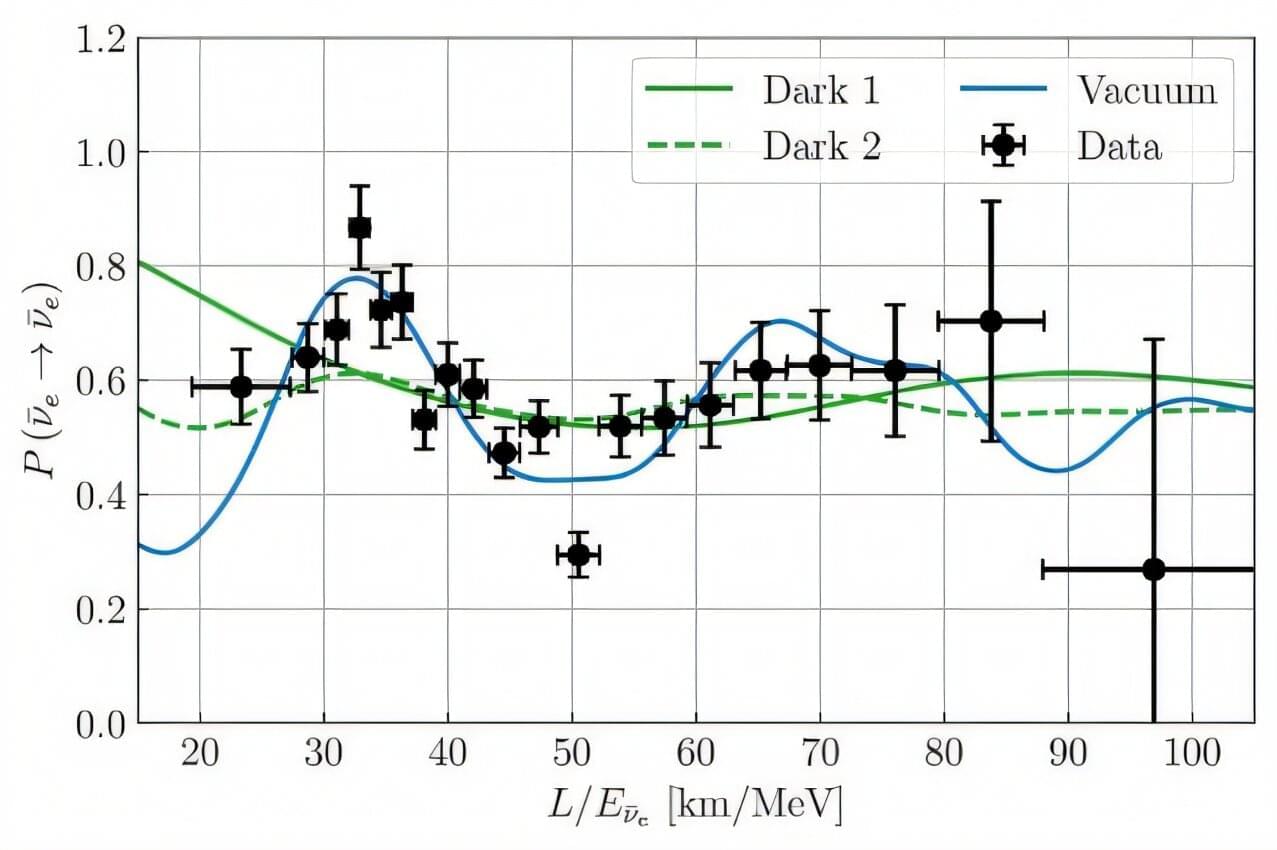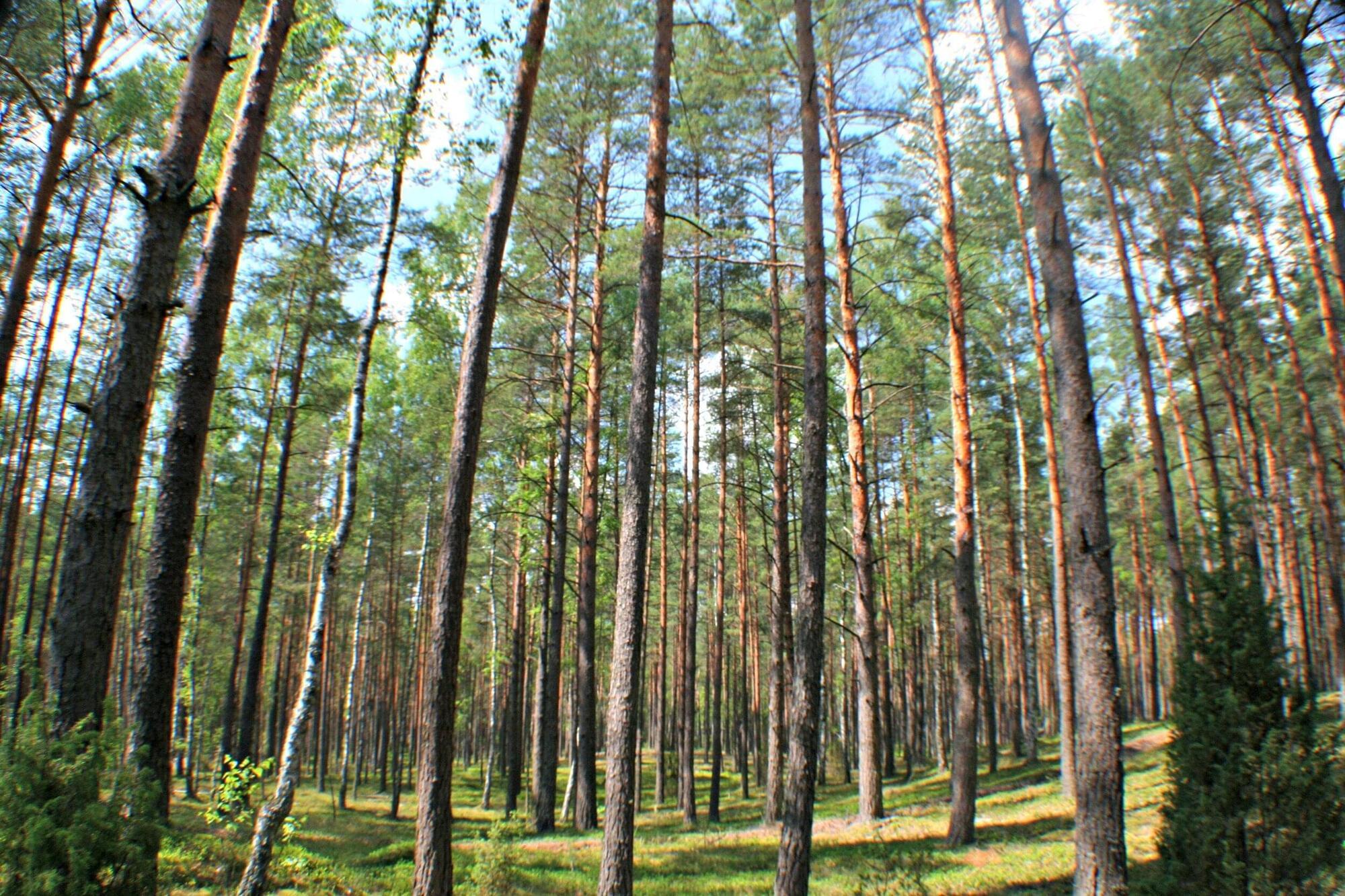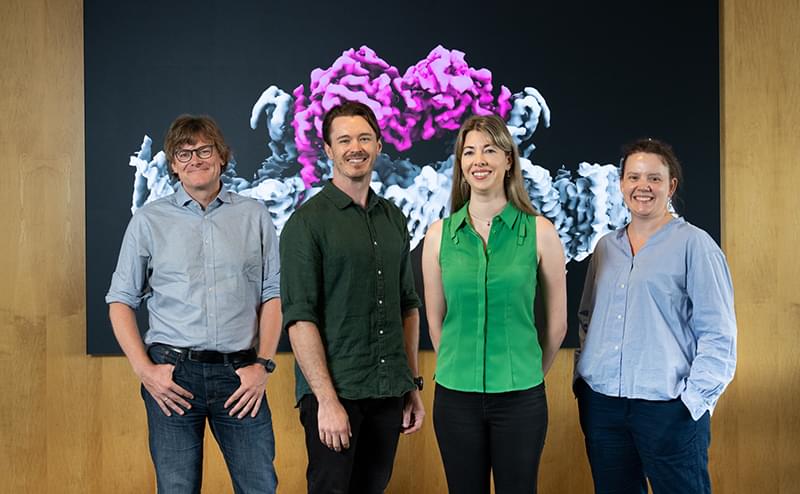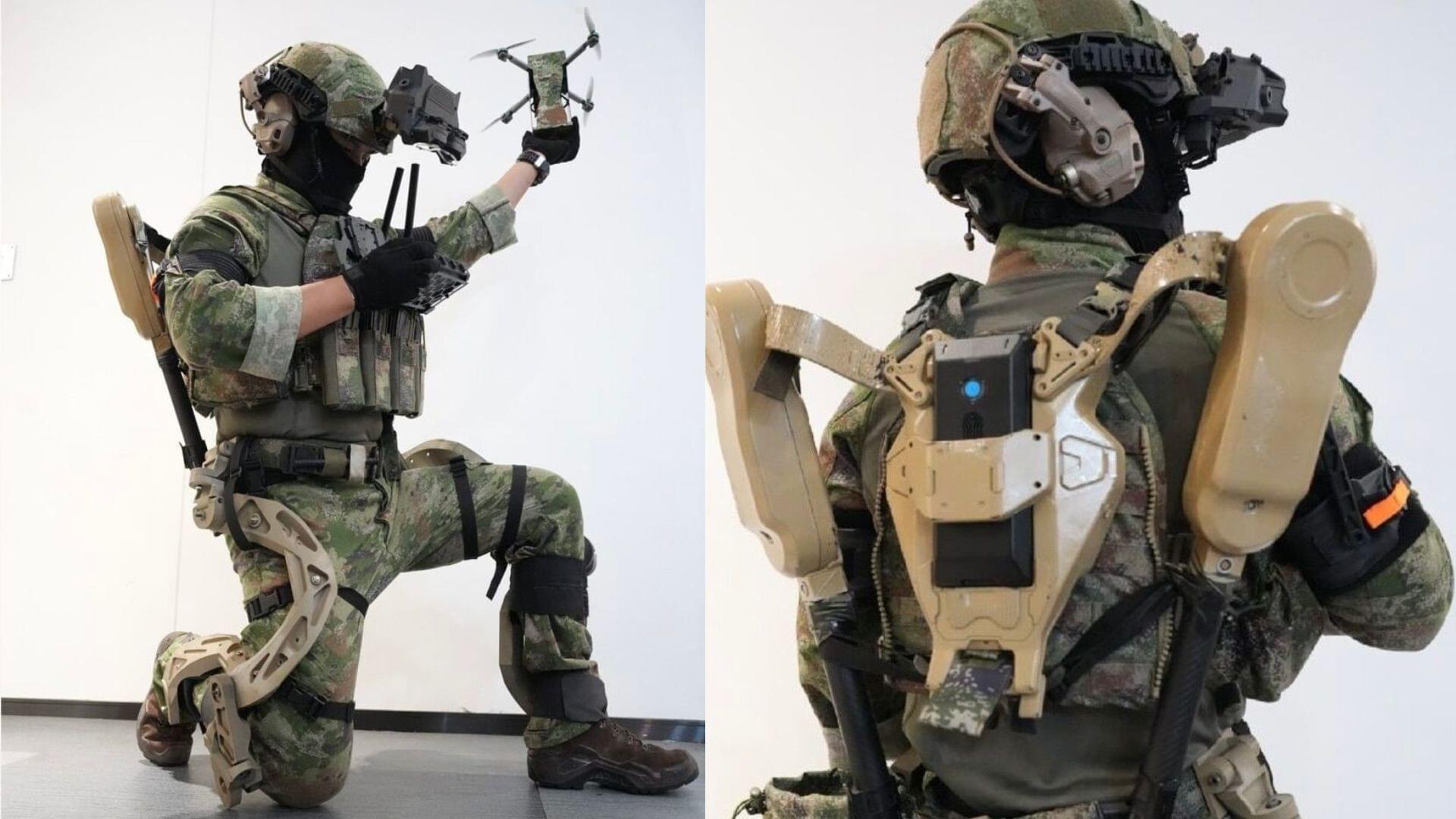Flossing your teeth at least once a day is an essential part of any oral health routine. But it might also one day protect other parts of the body as scientists have created a novel, needle-free vaccine approach using a specialized type of floss.
In a study published in Nature Biomedical Engineering, researchers demonstrated that when floss laced with vaccine components, such as proteins and inactive viruses, was applied along the gum lines of mice, it triggered an immune response.
This method of vaccine delivery is effective because the areas of gum between the teeth are highly permeable, allowing them to absorb vaccine molecules easily.
